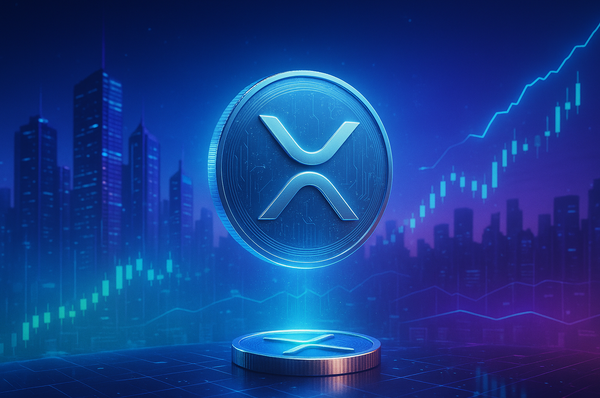TLDR
- Ripple CTO reveals XRP adoption by banks, including a planned bank on the XRP Ledger.
- XRP’s adoption aims to cut banking reliance on traditional payment networks.
- Banks like DBS and Franklin Templeton use XRP for tokenized assets and liquidity.
- Ripple plans to conform to ISO 20022 standards and gain regulatory approval.
Ripple’s Chief Technology Officer has shared a vision for the future of XRP, claiming that the token is set to play a key role in transforming the global banking system. With growing adoption from major financial institutions, Ripple’s XRP is becoming a significant part of banking infrastructure. According to the CTO, some banks are already using XRP for payments, and one bank is planning to run entirely on the XRP Ledger.
This announcement coincides with Ripple’s ongoing efforts to secure a New York banking charter and a Federal Reserve master account. The company is also aiming to meet ISO 20022 messaging standards, which are widely used in the global banking system. These moves signal Ripple’s ambition to make XRP a trusted tool for large-scale settlement work and cross-border transactions.
Banks Make Real-World Moves with XRP
Ripple’s growing real-world adoption is evident in recent partnerships. For instance, DBS and Franklin Templeton signed a memorandum of understanding this week to explore tokenized trading and lending products.
Franklin Templeton’s sgBENJI, a US dollar money market fund token, will launch on DBS Digital Exchange. Ripple’s RLUSD stablecoin will be used to facilitate trading activities.
The partnership reflects Ripple’s increasing use in institutional finance. DBS is also considering using sgBENJI as collateral in repurchase agreements, which would boost liquidity for tokenized assets. Lim Wee Kian from DBS emphasized that this move is a step toward providing institutional-grade digital asset services.
XRP as a Bridge Between Stablecoins and Yield-Producing Tokens
Ripple’s technology aims to simplify the movement between stablecoins and yield-generating tokens. Nigel Khakoo from Ripple explained that the system helps move assets seamlessly within a single setup.
Franklin Templeton selected the XRP Ledger due to its speed, cost-effectiveness, and scalability for tokenized securities.
BNY Mellon has been named as the custodian for RLUSD reserves, further solidifying Ripple’s institutional presence. The use of the XRP Ledger for institutional trading is an indication of its growing credibility within financial markets, as well as its ability to support complex financial products at scale.
XRP’s Market Momentum and Speculation
XRP’s recent performance has sparked a surge in market speculation. Currently trading around $2.8, XRP saw a massive rise of nearly 600% between November 2024 and January 2025. The ongoing discussions about its potential in the banking system have intensified market interest.
Analysts are divided on XRP’s price potential. While some predict a rise to $50, others are more bullish, with targets as high as $100 or even $1,000. A vocal group of XRP supporters is even forecasting that the token could eventually reach $10,000. Despite the hype, experts suggest that the token’s growth may depend on continued regulatory progress and adoption by financial institutions.






